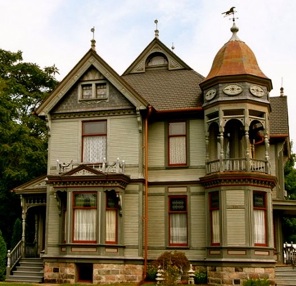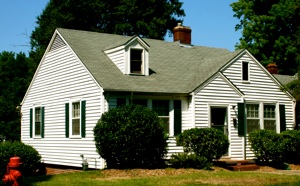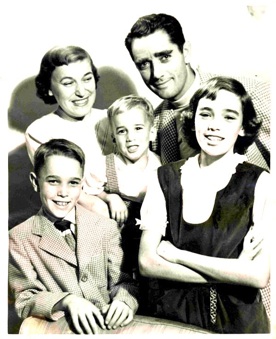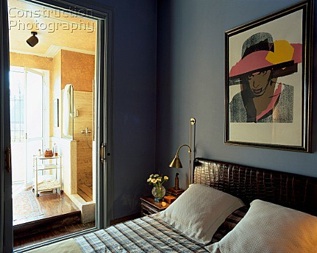Changing Neighborhoods
Every small rural city with a history of a century or so is unique. They do, however, have one thing in common. Each has a lovely scenic drive loaded with history.
The drives are the residential areas circling the downtown business areas.

Originally, the exterior of those homes would be multi-colored, as solid white denoted an owner with limited means.

They were constructed before the era of cookie cutter homes, so each one is unique in appearance. There is, however, one cookie cutter feature. They are all small.
There will be two or maybe three small bed rooms, one bath (maybe), small kitchens, dining rooms, and living rooms, and a front porch--frequently the largest “room” in the house. If there were a garage, it would be a small detached building for one vehicle.
These modest homes were cheap enough to build and maintain by single wage earner households. So the wives were usually stay-at-home moms who were there to prepare three meals a day to be shared by the whole family.

Nonetheless, that crowded, smothering environment produced the Greatest Generation that preserved democracy for the modern world.
Those idyllic neighborhoods are rapidly disappearing from the larger towns and cities. Comfortable, air-conditioned, sound-surround automobiles now enable the professionals and business owners to build mini castles on the hills away from the hustle and bustle of downtown. The small family bungalows are now being bulldozed away so that larger homes can be built in place of one or two of those being reduced to scrap.

All this is required if one wants to keep up with the Jones, and that is the norm in modern society. Unfortunately, these little trinkets require at least two income producers in the home.
The result is that the occupants of those extra private bedrooms become “latch key kids.” They come home from school to either an empty house or one filled with other kids of their ilk munching high calorie snacks and playing violent video games.

Driving through scenic old neighborhoods should bring this history to mind. That history raises a question about which of the life styles reflected by yesterday’s homes and today’s houses is better.
Stretching out alone in your own bed next to a private bath after hours in front of a TV is more enjoyable physically than sharing the bed and bath with a sibling after a family dinner. What, though, is the effect mentally and emotionally?
So here’s the perspective.
Unquestionably, replacing old neighborhoods of small family homes with enclaves of much larger homes on larger lots has been good for the economy. The materials and labor required provided employment for millions.
So what is the answer? Which is better, life in yesterday’s neighborhoods of small family homes or existing in today’s gathering places for families?
enough





